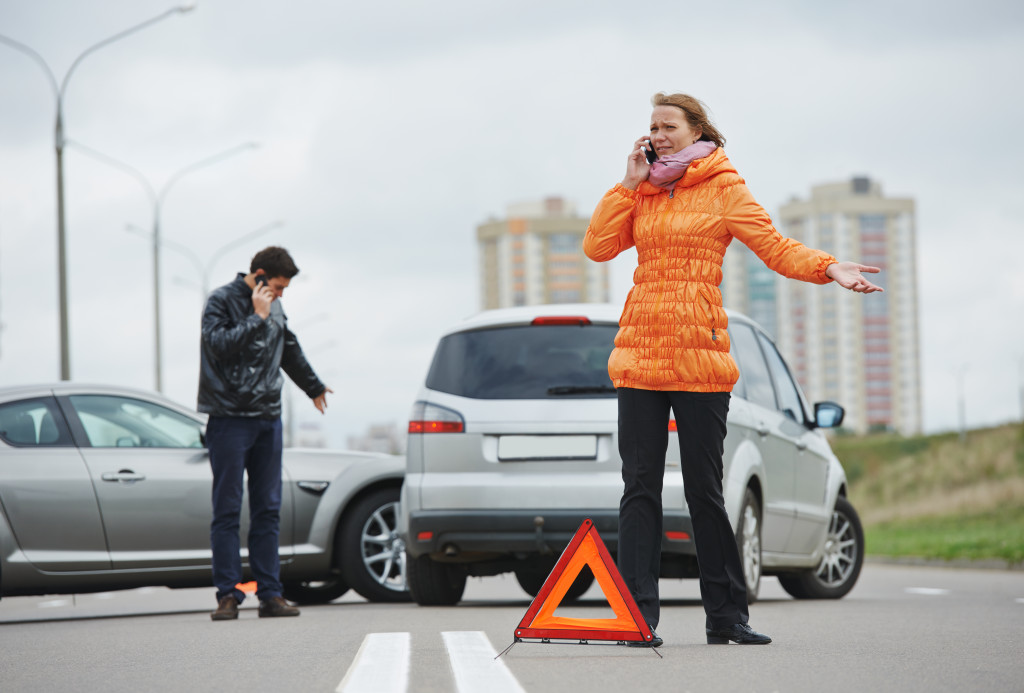It is essential to ensure the safety of all employees in every workplace. While there are many hazards that workers can face in a day, some risks are more common than others. This article will discuss some of the most common workplace hazards and how you, as an employer, can prevent them.
1. Slips, trips, and falls
Some of the most common workplace accidents are slips, trips, and falls. You can often prevent these accidents by ensuring that the workplace is clean and free of debris, clean and unobstructed walkways, and employees have appropriate footwear for the work environment. Depending on the type of business, you may also want to consider installing anti-slip flooring and handrails in areas where employees are more likely to slip or fall.
2. Ergonomic injuries
Ergonomic injuries occur as a result of repetitive motions while working. These injuries, such as carpal tunnel syndrome and repetitive strain injuries, can often be prevented by ensuring that employees have the proper equipment for their tasks and take breaks as needed to rest their bodies.
When ergonomic injuries do occur, it is essential to provide employees with the proper treatment to recover quickly and return to work. Some ergonomic injuries can change a person’s life forever, so working with an expert workers’ compensation lawyer is crucial to ensure that you and your employees are fairly compensated.
3. Manual handling injuries
Manual handling injuries occur when employees lift, carry, or move heavy objects. You can prevent some of these injuries by using proper lifting techniques, using mechanical aids such as dollies or hand trucks, and ensuring that employees are not asked to lift more than they can safely handle.
4. Chemical injuries
Employees who work with chemicals or other hazardous materials are at risk of chemical injuries. These injuries can be caused by exposure to fumes, skin contact with chemicals, or ingestion of chemicals. When a worker obtains a chemical injury, it is essential to immediately flush the affected area with water and seek medical attention.
To prevent these injuries, it is crucial to provide employees with the proper safety equipment, such as gloves, goggles, and respirators. It is also vital to ensure that employees know the dangers of working with chemicals and how to handle and store these materials properly.
5. Injuries from machinery
Employees who work with machinery can risk injuries such as lacerations, amputations, and crush injuries. Some workers may also be at risk of being caught in or between machinery. The best way to prevent these injuries is to ensure that employees are adequately trained on using the machinery safely and that they follow all safety procedures. Maintaining machinery and keeping it in good working order is also essential to prevent accidents.
6. Fires and explosions
Fires and explosions are another common workplace hazard. You can often prevent these accidents by ensuring that the workplace is free of flammable materials, electrical equipment is in good working order, and employees are trained on using fire extinguishers. Having an evacuation plan in place is also essential so that employees know what to do in a fire or explosion.

7. Stress
While not technically an injury, stress can lead to various health problems such as heart disease, hypertension, and anxiety disorders. Employees under a lot of stress may also be more likely to make mistakes that can lead to accidents. To prevent stress in the workplace, ensure that employees have a healthy work-life balance and are not overworked. You need to be proactive in identifying stressors in the workplace and address them before they lead to health problems.
8. Noise and vibration hazards
Noise and vibration hazards can lead to hearing loss or other health problems. Some workplaces like construction sites or manufacturing plants can be deafening. To protect employees from this kind of injury, provide them with the proper safety equipment such as earplugs or earmuffs. You should also ensure that the work area is free of unnecessary noise and that employees are given breaks from the noise when needed.
9. Vehicle accidents
Employees who drive for work are at risk of being involved in a vehicle accident. Different types of accidents can occur, such as collisions with other vehicles, rollovers, and hitting pedestrians. To prevent these accidents, ensure that employees are properly trained on driving safely. You should also conduct regular vehicle maintenance and ensure that employees are not driving while under the influence of drugs or alcohol.
Ensuring employee safety in the workplace is a critical responsibility of any business. By taking the proper precautions, you can help to prevent accidents and injuries from occurring. Always provide employees with the appropriate safety equipment and train them to use it safely. Be proactive in identifying potential hazards in the workplace and address them before they lead to accidents.

